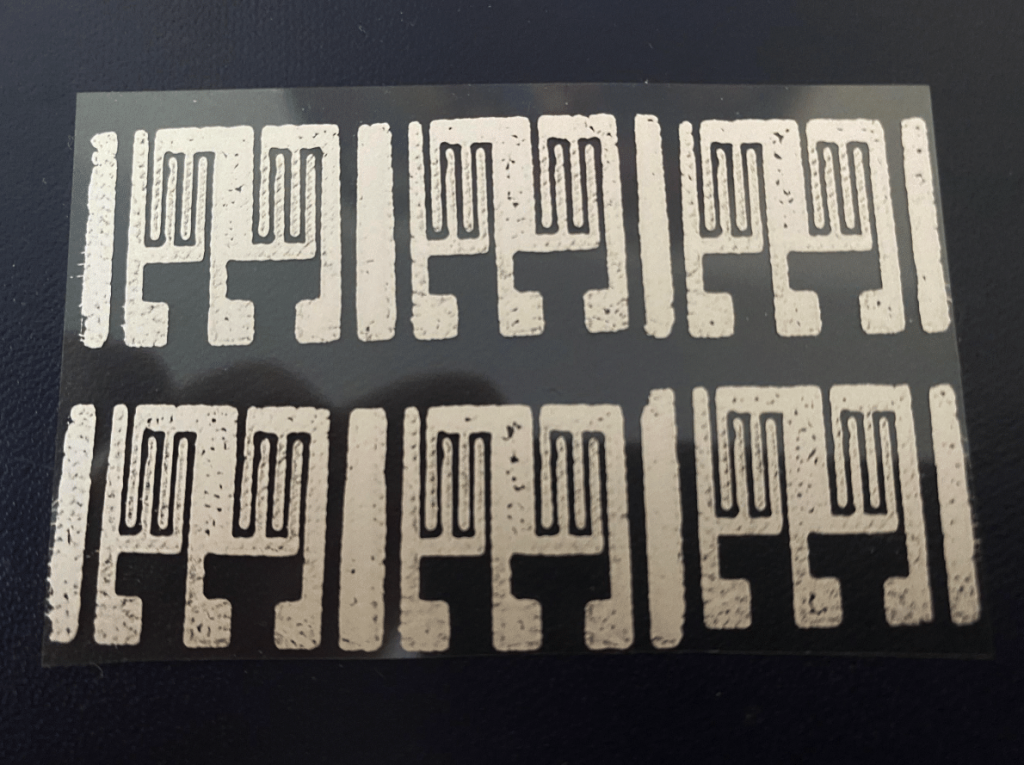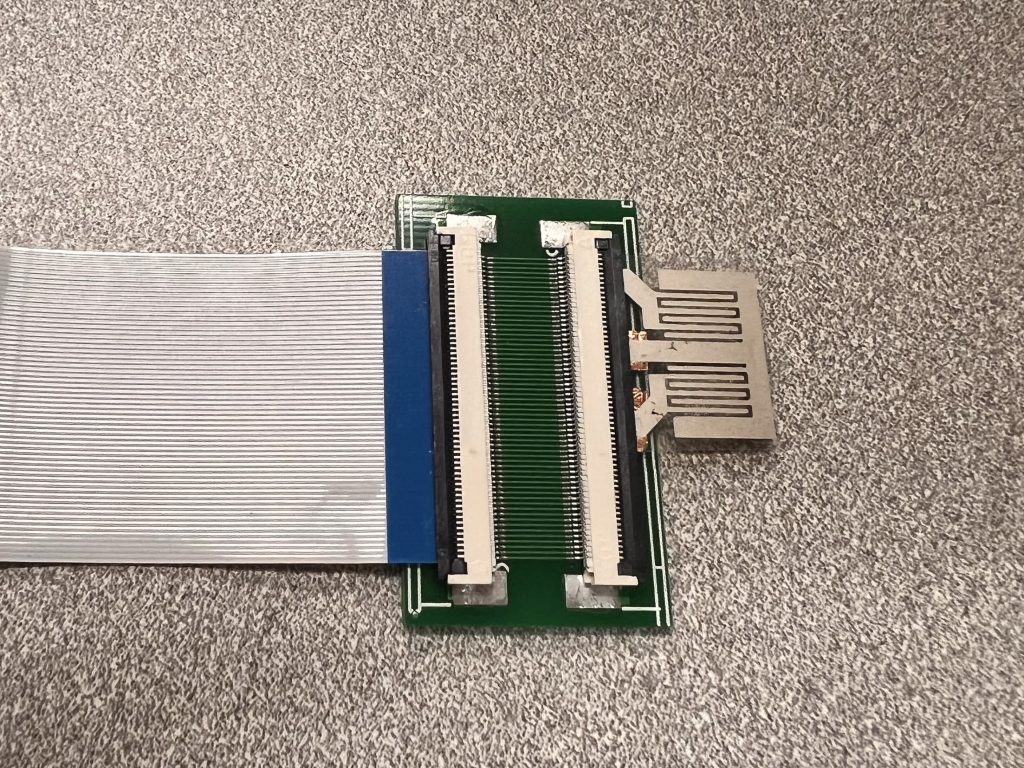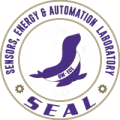Project Overview
The Ammonia Project focuses on developing a custom-designed Single-Walled Carbon Nanotube (SWCNT) sensor capable of accurately detecting ammonia concentration. These advanced sensors offer approximately ten times the sensitivity and accuracy of leading commercial sensors. The project aims to deliver a low-cost, highly accurate, and reliable solution for indoor ammonia monitoring, whether for scientific research or air safety.
Long-Term Goals
- Test sensors against a variety kinds of hazardous gases to explore other potential applications
- Develop a methodology to calibrate sensor accurately and avoid drifting
- Exploring various applications based on SWCNT sensors, including handheld measuring equipment, wearable sensors, and embedded harmful gas alarms.
Quick Points
- The SWCNT sensors’s accuracy is precise enough to detect ammonia levels as low as 50 ammonia particles per billion.
- The researcher will explore a variety types of sensor application
- SWCNT sensors are edge-breaking technologies, and we are exploring it’s potential applications in other chemical gases.


Skills You Will Develop
- Signal processing and Data analysis
- Embedded system design and programming
- Sensor calibration
- Technical paper and grant writing

